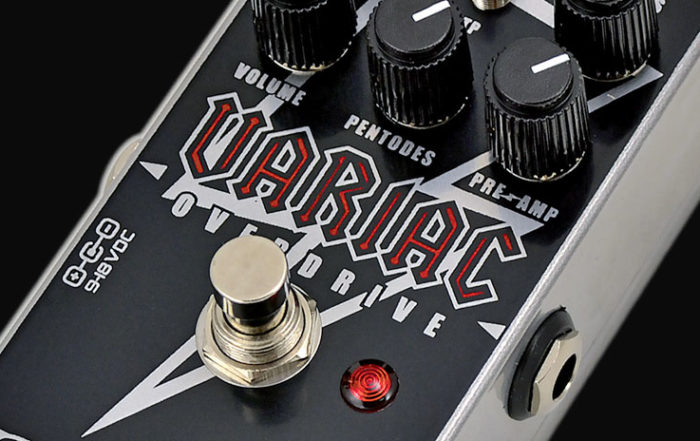


Font facing backlit display visible across the room.Wired with 14 gauge silver-plated Teflon wire.Point to point wiring with crimped and soldered connectors.Too cold filaments and your amp is not going to be very happy about it. Secondly: by using a variac rather than a fixed resistor youll lower the heater voltage as well. He later admitted to pitching the concept as a joke. Built like a tank (and we agree at Garrett Park - IT IS!) As this particular control is raised, the same frequencies of an under-powered amp are reduced to emulate the physical phenomenon that reproduce the Variac. First of its not even determined that EVH actually did use a variac.Spect from the original manufacturer's website: Setting up a tube amp to run a variac includes taking incremental readings at the heaters, so that you know how low you can before starving the heaters.

As a side benefit, your amp will run cooler, your tubes will last longer, and your amp will be much happier running at the voltage is was designed for. You will get the 'vintage tone' back that you are missing today with higher line voltage.Ģ. There are actually two reasons why you should care, and why you should use the Amp Preserver.ġ. Why should I care? My amp runs just fine. Today the average house voltage runs somewhere between 120 and 125 VAC. Today’s power companies provide much more than that. Most likely it says 110 VAC or at most 115 VAC. Look at the power requirements for your vintage tube amp. If you have a vintage tube amplifier that you are using today, you are most likely running it between 10% and 15% OVER the line voltage that the amp was made to run on. For your consideration, Garrett Park Guitars presents this Vintage Sound Workbench Variac (Amp Maniac)įrom the original manufacturer's website:


 0 kommentar(er)
0 kommentar(er)
